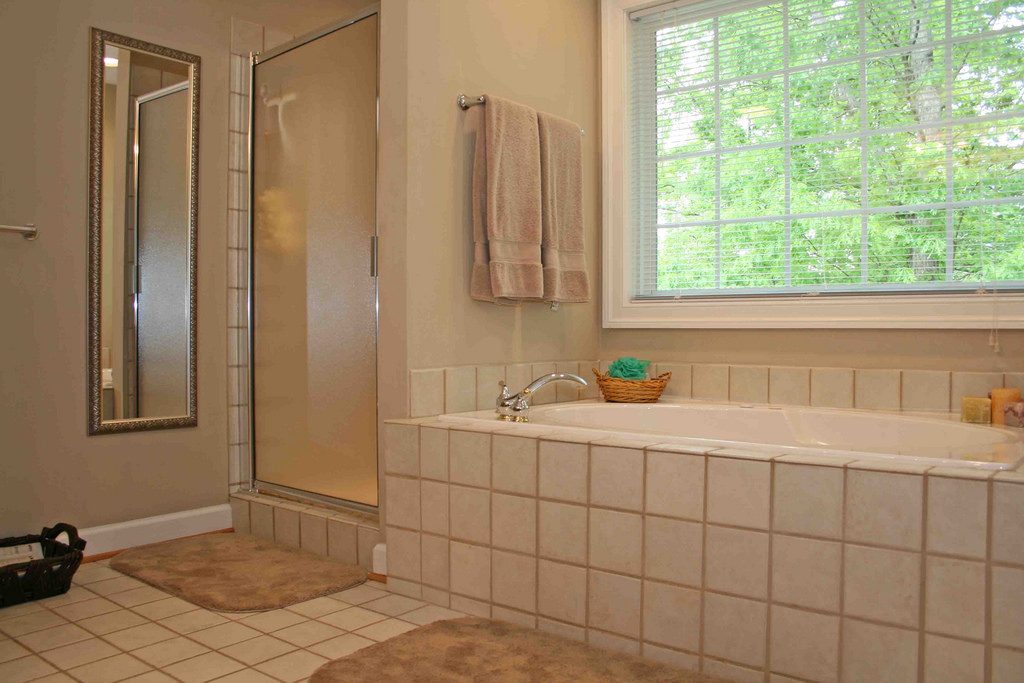- Take shorter showers. Showers account for approximately “17 percent of residential indoor water use,” according to the Environmental Protection Agency. That adds up to nearly 40 gallons of water per day for the average family, and 1.2 trillion gallons of water per year in the United States!
- Use water-efficient faucets and showerheads. Old fashioned showerheads can spray out as much as 4 or 5 gallons of water a minute, while a water-efficient showerhead uses no more than 2 gallons of water per minute; look for products bearing the EPA’s WaterSense label, which is an EPA-certified program similar to the Energy Star program for appliances. Switching to a WaterSense-certified showerhead can save an average of 2,900 gallons of water per year.
- Turn off the water while you brush. We have all done it—we let the water run while we stand there brushing our teeth. Save water, money, and humidity by turning off the tap for the five minutes it takes to brush.
- Install an exhaust fan. Be sure that it vents out of the house and that it is running whenever someone is taking a shower or bath. If you do not have an exhaust fan and installing one is not feasible, open the window for five minutes until the humidity has left the room.
- Fix leaky faucets and toilets. In addition to being an incredibly huge waste of water, a simple drip from a faucet or toilet can create a perfect environment for mold growth.
Check out this page for more tips and tricks about toilets: flushguide.com/best-toilet-types/flushing-review/ - Wipe up condensation and any other moisture. If dampness gathers on bathroom windows, walls, floors, or other surfaces, wipe down daily. Use a squeegee on glass shower doors and tile.
- Use mold-resistant paints. Bathroom paint is a specific type that repels mold and mildew growth, and it is different from the standard wall paint. Select this specific option and be sure to choose low- to no-VOC formulations so they do not off-gas into the space.
- Avoid wallpaper in bathrooms. Moisture can become trapped behind wallpaper in bathrooms—and it is not a pretty sight to see the walls after wallpaper removal, with black mold growth on drywall surfaces. Choose paint for bathroom walls.
Robin Wilson, a designer focused on creating healthy spaces, who is an ambassador for the Asthma and Allergy Foundation of America and author of Clean Design: Wellness for your Lifestyle, says there are easy steps you can take to reduce humidity and water buildup, thereby preventing mold from forming in your bathroom.
